Spiny Redberry
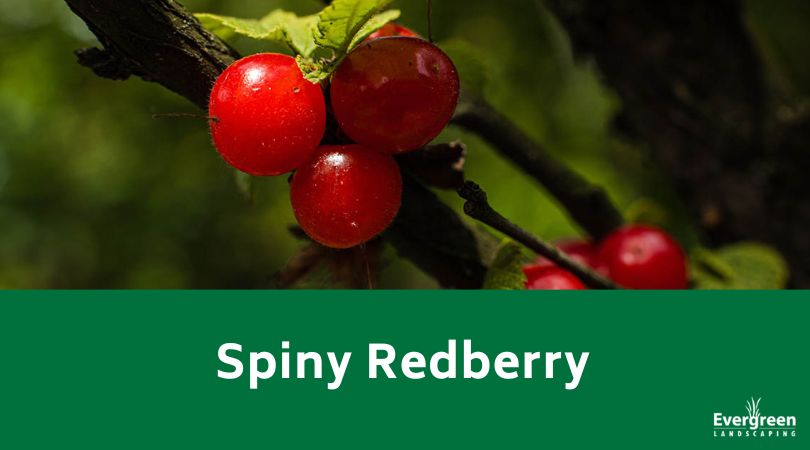
The Spiny Redberry stays green all year and is native to northern Baja and coastal areas. It grows in the chaparral with companion plants like Coastal Sage Scrub. It’s a great choice for adding year-round color to your coastal property.
Why the Spiny Redberry Belongs in Your Garden
Spiny Redberry is an attractive, beneficial shrub. Some of its landscaping benefits are:
• It’s evergreen
• The glossy red berries brighten your yard
• Dense leaves and height of six to eight feet make it perfect for a privacy hedge
• It looks great in natural landscaping
An evergreen shrub with bright red berries dresses up your yard over the winter. The “berries” are actually drupes, small fleshy fruits containing one or two seeds. The Chumash tribe created yellow dye from the roots and used it on buckskin. Some Native American tribes ate the fruit. The Kumeyaay fed the drupes to pet mockingbirds.
The Spiny Redberry’s flowers aren’t impressive. In order for the shrub to pollinate and produce berries, you’ll need at least two plants. The leaf points are as sharp as thorns and the leaves can cause mild cases of contact dermatitis, so it’s best to keep these shrubs away from where children and pets play. The sharp leaves make the shrubs good privacy hedges, and a natural fence looks much nicer than stockade fencing. A Spiny Redberry enhances the curb appeal of your property, and the sharp leaves deter intruders and some wildlife.
The Spiny Redberry and Wildlife
Every wildlife garden should have a couple of Spiny Redberry shrubs. Mockingbirds, bluebirds and other songbirds love to dine on the fruits. If you want more birds in your yard, plant a pair of these shrubs.
The Hermes copper butterfly, a small butterfly with yellow and brown wings like autumn leaves and a furry, silver-gray body, reproduces only on Spiny Redberry shrubs. Hermes copper butterflies are increasingly rare, almost officially endangered, due to habitat loss caused by wildfires and humans building further and further into the butterflies’ traditional territories. By planting Spiny Redberries, you’re providing a home for the Hermes copper and you get to enjoy their beauty.
Landscaping with the Spiny Redberry
Environmentally friendly (or eco-friendly) landscaping involves using native, drought tolerant plants, recycled landscaping materials and solar lights. It’s also called sustainable landscaping. It reduces water use, works around your existing plants and encourages planting trees, shrubs and perennial flowers. You can use broken concrete in a tiered garden or plant perennials so that they grow inside half a damaged terracotta planter and spill out onto the ground.
Spiny Redberry and its companion plant, Coastal Sage Scrub, are ideal selections for sustainable landscaping. Coastal Sage Scrub is a short, full shrub with grayish-green leaves. It shares nutrients with Spiny Redberry during extreme droughts. Both look great as part of rock gardens, grow in rocky, sandy soil and prevent soil erosion.
Things to Remember:
• Wear gardening gloves when watering or pruning Spiny Redberry
• Plant multiple shrubs together
• Keep a water source close to shrubs for wildlife
Contact us to inquire about our stock of Spiny Redberries.

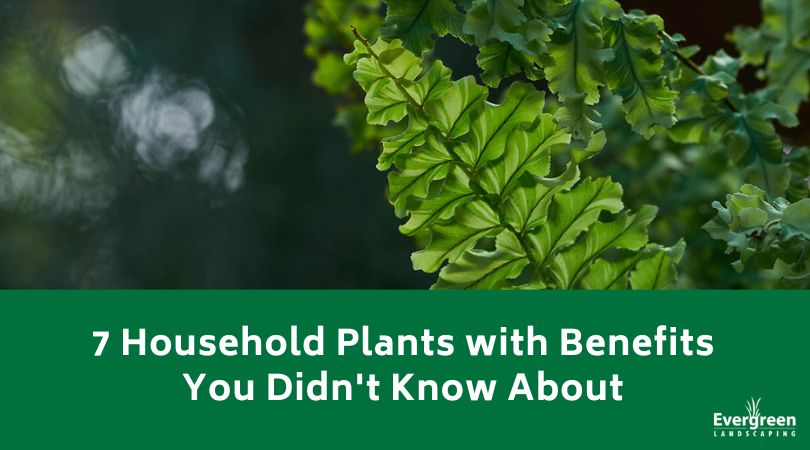
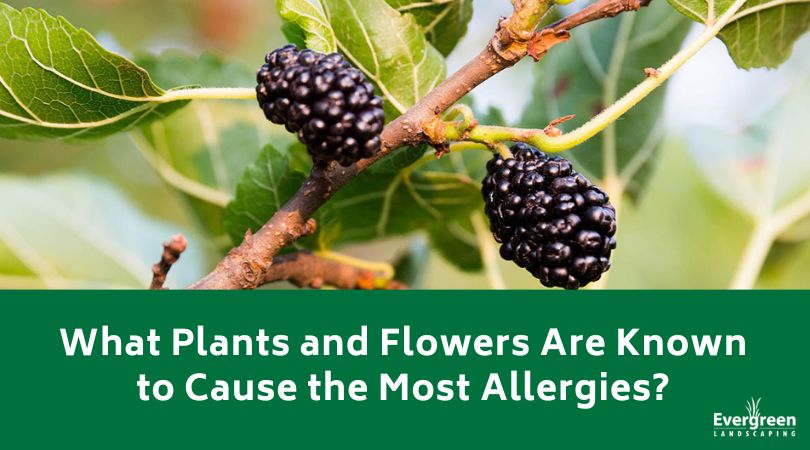
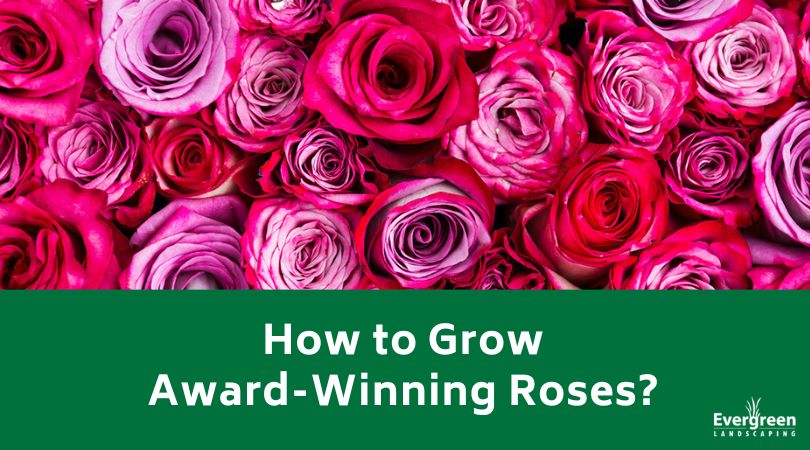
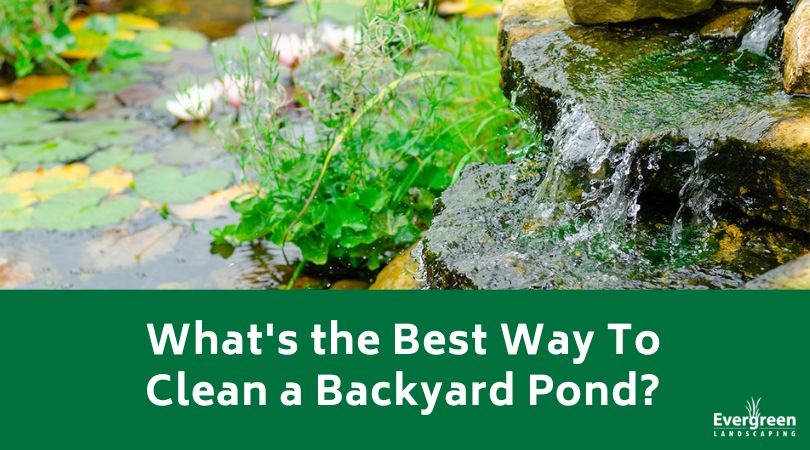
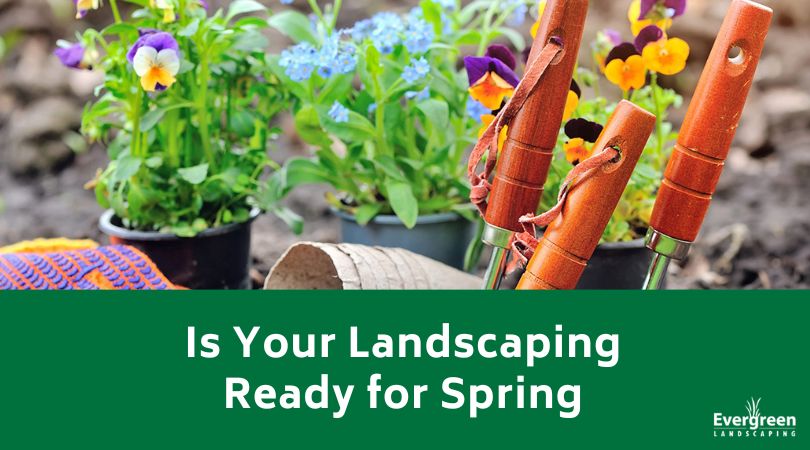
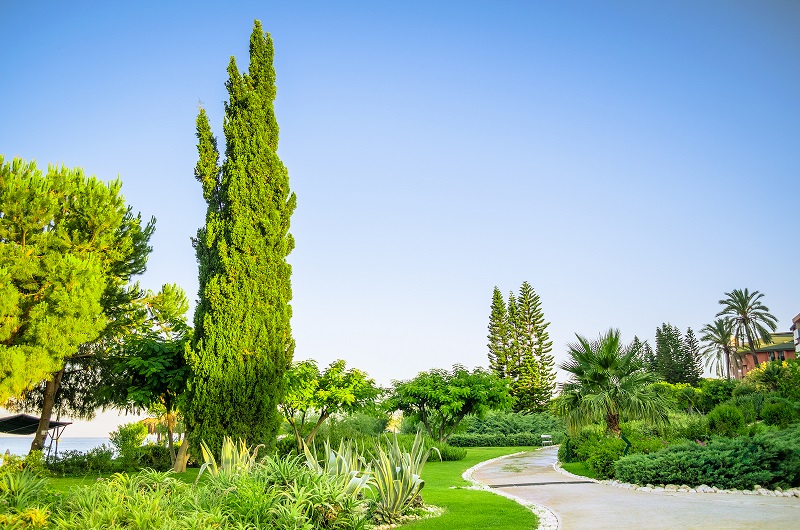
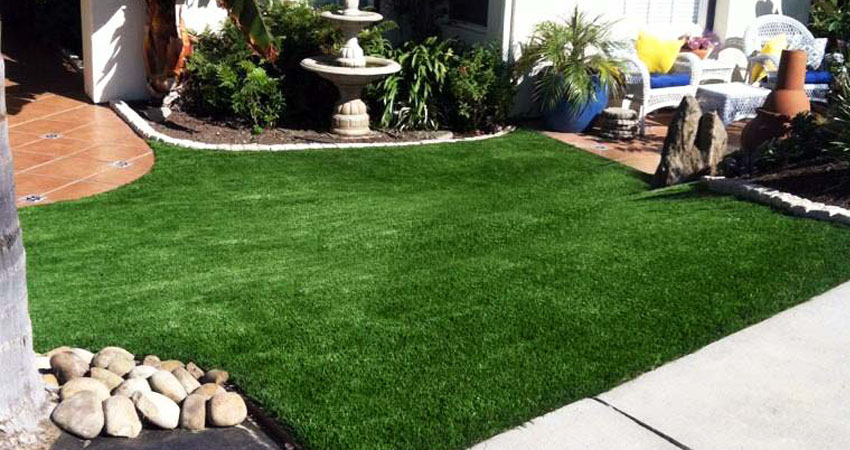
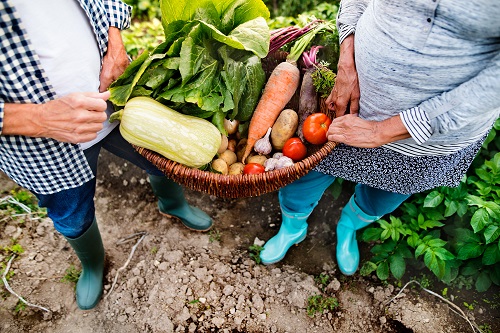

 Tomatoes are particularly vulnerable to diseases like powdery mildew or Sequoia leaf spot.
Tomatoes are particularly vulnerable to diseases like powdery mildew or Sequoia leaf spot.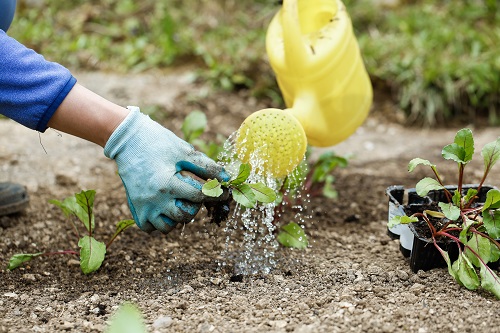
 Zucchini is well known for its abundance.
Zucchini is well known for its abundance.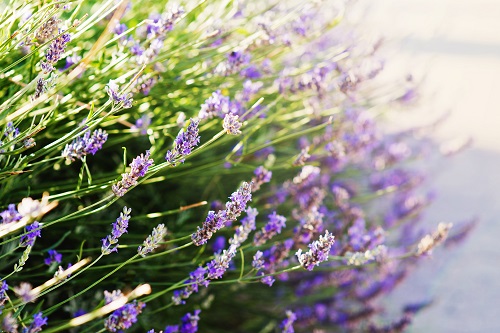 You need bees for a successful garden.
You need bees for a successful garden.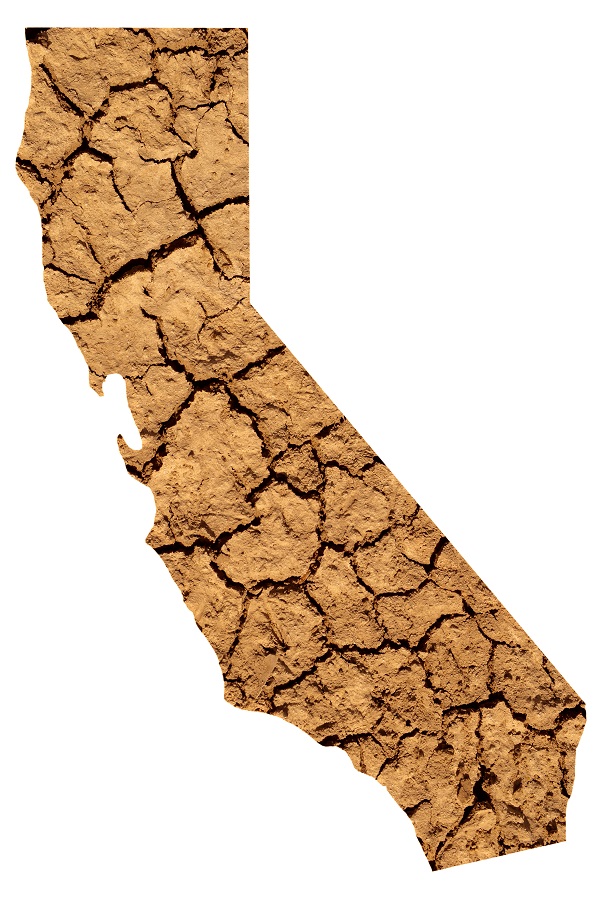 Wouldn’t it be great to know California’s projected 2018 drought status when you start planning your landscaping and garden?
Wouldn’t it be great to know California’s projected 2018 drought status when you start planning your landscaping and garden?